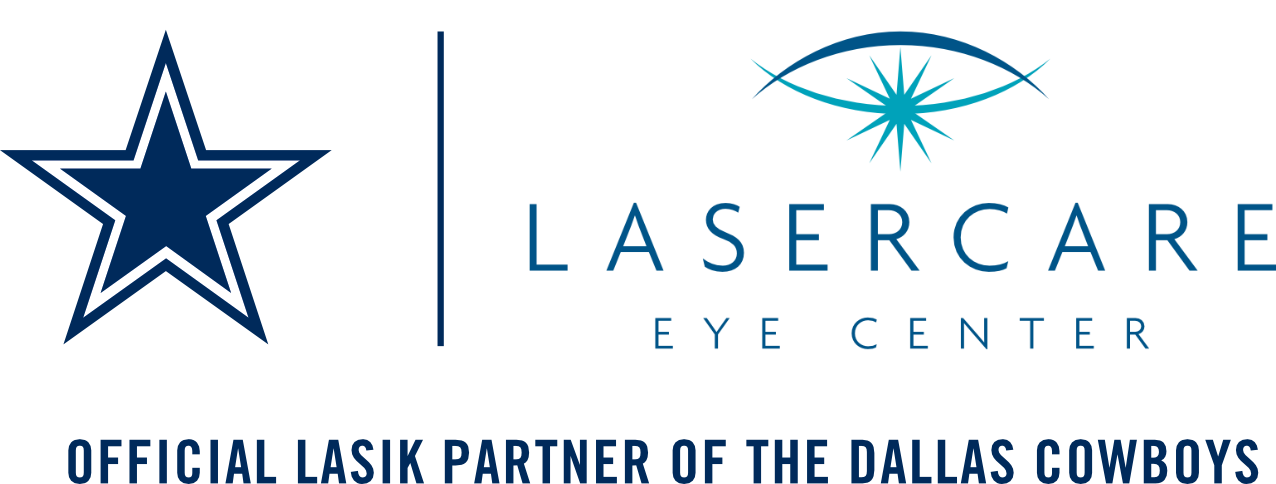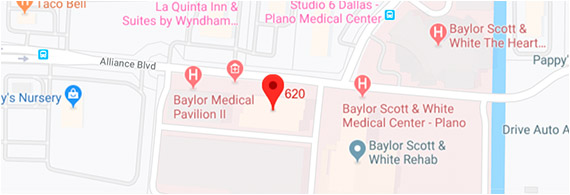Halos and Glare: Night Vision Symptoms of Cataracts
Halos and Glare: Night Vision Symptoms of Cataracts
Cataracts cloud the lens of the eye, leading to a range of visual disturbances, notably halos around lights and glare sensitivity at night. These symptoms not only impair vision but also significantly affect daily living, especially for individuals over 60. This article explores the underlying causes of these night vision symptoms, their impact on everyday activities, and the treatment options available to mitigate or eliminate these effects. By comprehensively understanding how cataracts affect night vision, individuals experiencing these symptoms can take steps toward improving their visual health and regaining a better quality of life.
What are cataracts?
Cataracts form when the eye’s lens—vital for focusing light onto the retina to produce sharp images—becomes clouded. This cloudiness can stem from aging, injury, or certain health conditions, leading to a decline in vision quality. As the cataract progresses, it may cause visual symptoms such as blurriness, difficulty seeing in low light, and the appearance of halos around lights. Early detection through regular eye exams is crucial for managing the condition effectively, preserving both vision and quality of life.
How do cataracts affect night vision?
Cataracts significantly impact night vision through halos around lights and glare sensitivity. The clouding of the lens causes light to scatter as it enters the eye, leading to difficulties in seeing clearly in low-light situations. This scattering manifests as halos around sources of light, such as streetlights or headlights of oncoming vehicles, and heightens sensitivity to glare, making bright lights feel uncomfortably intense. These effects can notably impair an individual’s ability to navigate and perform activities in dimly lit environments, thereby affecting both safety and quality of life.
Halos around lights
Halos around lights manifest as bright circles surrounding light sources, a common symptom for those with cataracts. This occurs as the clouded lens diffuses incoming light, creating a halo effect. Such a symptom can notably complicate tasks like night driving or moving through areas with low illumination.
Glare sensitivity
Glare sensitivity escalates as cataracts develop, causing bright lights to appear overwhelmingly intense. The scattered light, due to the lens’s cloudiness, amplifies its intensity, making environments with stark lighting contrasts especially challenging. This increased sensitivity can significantly impact activities under bright artificial lights or in direct sunlight, affecting daily life.
Why do cataracts cause halos and glare?
Cataracts lead to halos and glare due to two primary reasons: light scattering by the lens and changes in lens clarity. The clouding characteristic of cataracts disrupts the normal pathway of light, causing it to scatter in various directions instead of being sharply focused on the retina. This scattering effect is what produces halos around light sources and heightens sensitivity to glare. Moreover, as the lens loses clarity, its efficiency in filtering and directing light is compromised, further intensifying these visual disturbances. Understanding these underlying mechanisms is essential for recognizing how cataracts affect night vision and the importance of seeking appropriate treatment.
Light scattering by the lens
Light scattering by the lens is a direct consequence of the cataract-induced cloudiness, which disrupts the uniform passage of light. This disruption causes light to scatter, leading to blurred or distorted vision and the appearance of halos around bright lights. Such scattering significantly impairs visibility in low-light conditions, posing challenges during night-time activities.
Changes in lens clarity
Changes in lens clarity describe the gradual loss of transparency in the eye’s lens, a hallmark of cataract progression. As the lens becomes cloudier, its ability to focus light sharply onto the retina is compromised. This reduction in clarity not only contributes to the emergence of halos and glare but also deteriorates overall vision quality, making it difficult to discern fine details and contrasts.
How can halos and glare impact daily life?
Halos and glare resulting from cataracts can profoundly affect daily life, particularly in situations requiring clear vision in low-light conditions. Difficulty driving at night stands out as a significant concern, as impaired vision increases the risk of accidents. The visual disturbances lead to a reduced reaction time to visual cues, further heightening this risk. Individuals may also experience challenges in recognizing faces in low light, which can lead to social discomfort and potential misidentification issues. These effects underscore the importance of addressing cataract symptoms, as they can impact not only the safety but also the social interactions and overall quality of life of those affected.
Difficulty driving at night
Difficulty driving at night emerges as a significant challenge for those with cataracts. Visual disturbances such as halos and glare impair the ability to clearly see road signs, obstacles, and oncoming traffic, thereby affecting one’s confidence and safety behind the wheel.
Reduced reaction time
Cataracts can lead to a reduced reaction time, as the visual impairments caused by the condition slow down the process of recognizing and responding to changes in the environment. This delay is particularly risky in scenarios that demand quick reflexes, such as navigating through traffic or avoiding obstacles.
Increased accident risk
An increased accident risk is a concerning consequence of cataracts. The combination of night vision difficulties, slower reaction times, and compromised depth perception heightens the likelihood of falls, traffic accidents, and other incidents, posing a significant safety risk.
Challenges in recognizing faces in low light
Individuals with cataracts often face challenges in recognizing faces in low light, which can hamper social interactions and lead to awkward encounters. This difficulty may result in feelings of embarrassment and hinder one’s social engagement and connectivity.
Social discomfort
Social discomfort is a notable effect of cataracts, as individuals may find it challenging to participate in activities or engage in conversations in poorly lit settings. This can lead to a withdrawal from social gatherings, impacting one’s quality of life and emotional health.
Misidentification issues
Misidentification issues arise when the visual limitations caused by cataracts make it difficult to distinguish faces or interpret facial expressions accurately. Such misunderstandings can create uncomfortable situations and strain relationships, both personally and professionally.
What are the treatment options for cataracts?
The cornerstone of cataract management is surgical removal, employing techniques like phacoemulsification and extracapsular surgery. These procedures involve the extraction of the clouded lens, which is then typically replaced with an artificial lens, termed an intraocular lens (IOL). The selection of IOLs includes monofocal lenses, aimed at correcting vision at a single distance, and multifocal lenses, which offer a broader range of vision correction. The choice between surgical methods and lens types is tailored to the individual’s unique condition and visual requirements. Cataract surgery boasts a high success rate, significantly enhancing life quality by restoring clarity of vision and alleviating symptoms like halos and glare.
What should one do if experiencing halos and glare?
If you’re encountering halos around lights or glare sensitivity, it’s imperative to consult an eye care professional. Seeking advice from an optometrist or ophthalmologist can lead to a thorough examination, pinpointing whether cataracts or another issue is at play. Discussing your symptoms and exploring treatment options, including medication adjustments or considerations for surgery, is crucial. Prompt action can significantly improve your quality of life by managing symptoms effectively and preventing further deterioration of your vision.
Consult an eye care professional
Experiencing halos and glare warrants a prompt consultation with an eye care professional. This crucial step ensures accurate diagnosis and identification of the underlying cause, be it cataracts or another eye-related issue.
Ophthalmologist consultation
For a more in-depth evaluation, especially if cataracts are suspected, consulting an ophthalmologist is advisable. These specialists can conduct advanced diagnostic procedures and outline a broader spectrum of treatment possibilities.
Surgery considerations
When cataracts significantly hinder your daily activities, surgery considerations come into play. Cataract surgery involves replacing the clouded lens with an artificial one, a decision made after a thorough evaluation of your condition and discussion of your vision objectives.






